| Poisonous Plants | ||||||
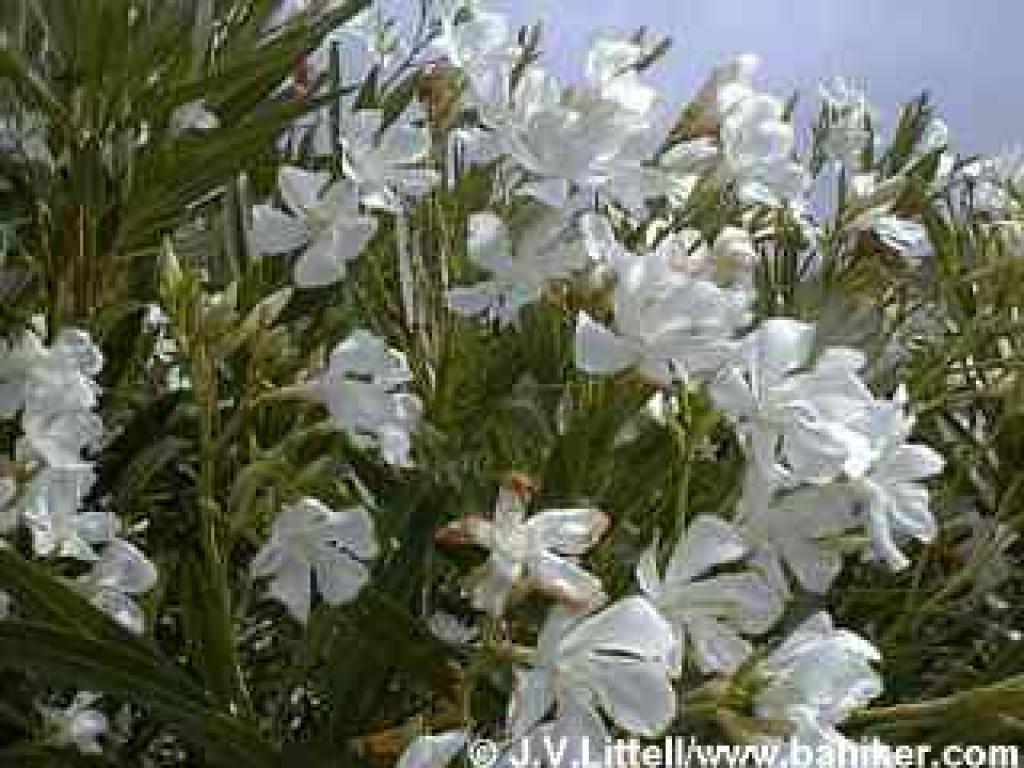 Oleander (Nerium oleander), Windy Hill Open Space Preserve  Cocklebur (Xanthium strumarium), Jordan Pond, Garin Regional Park 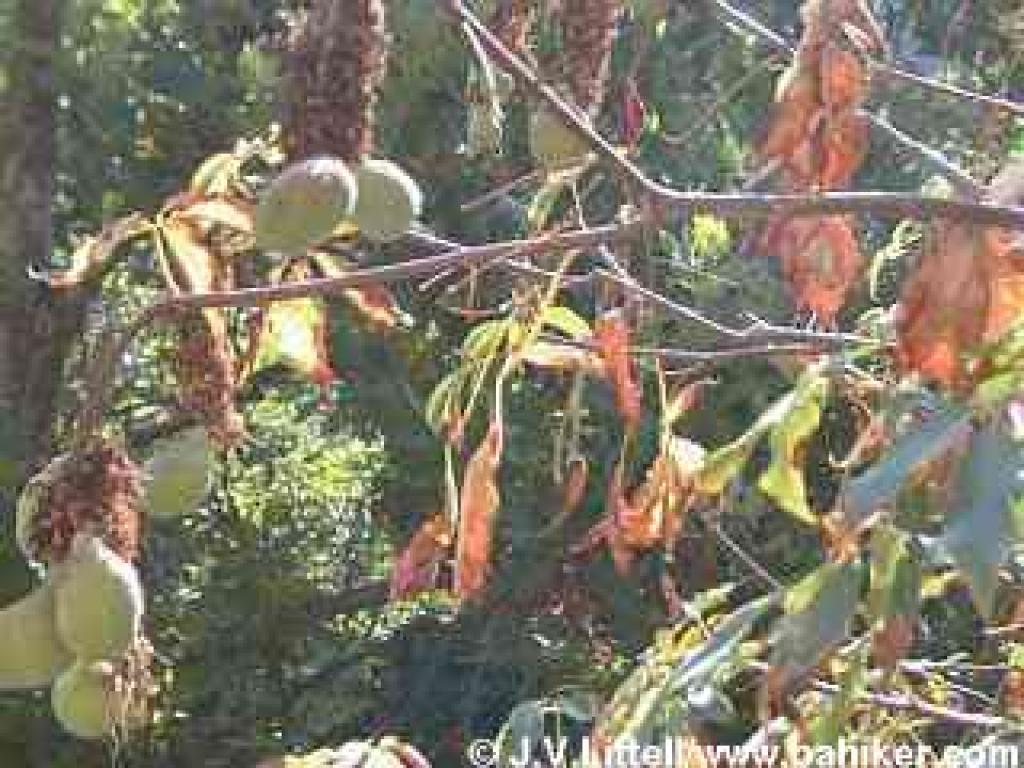 California Buckeye (Aesculus californica) pods, autumn, Meyers Ranch Trail, Garin Regional Park View more buckeye photos 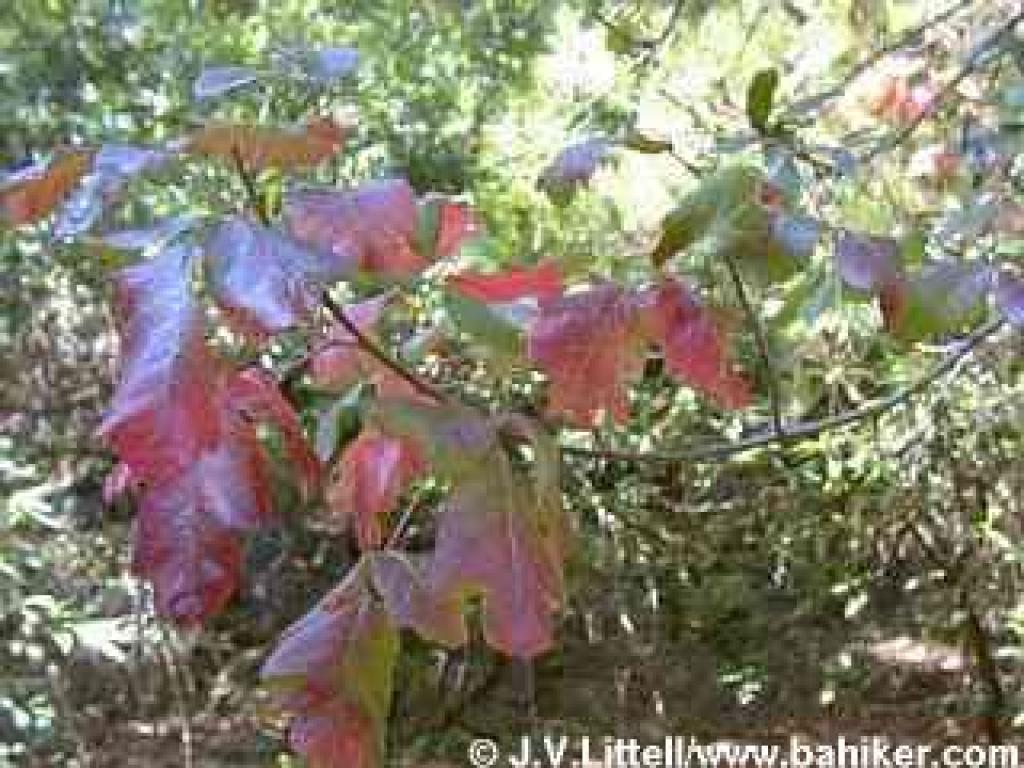 Poison Oak (Toxicodendron diversilobum), autumn, Bear Gulch Trail, Wunderlich County Park View more poison oak photos 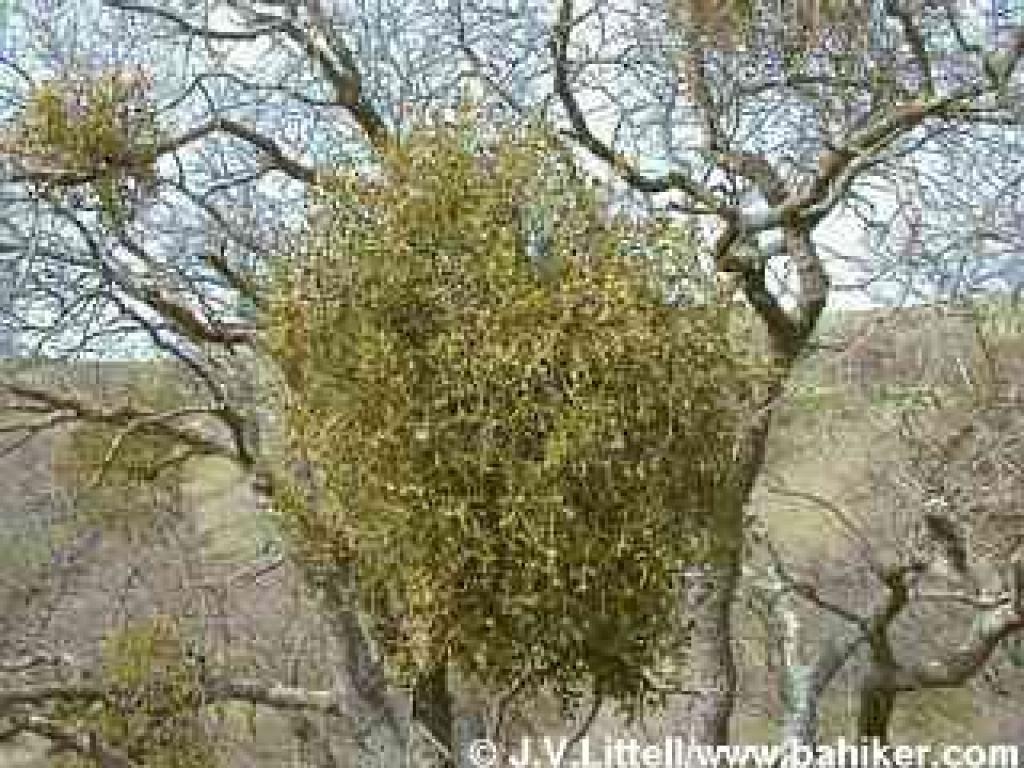 Oak mistletoe (Phoradendron villosum), Ridgeline Trail, Del Valle Regional Park |
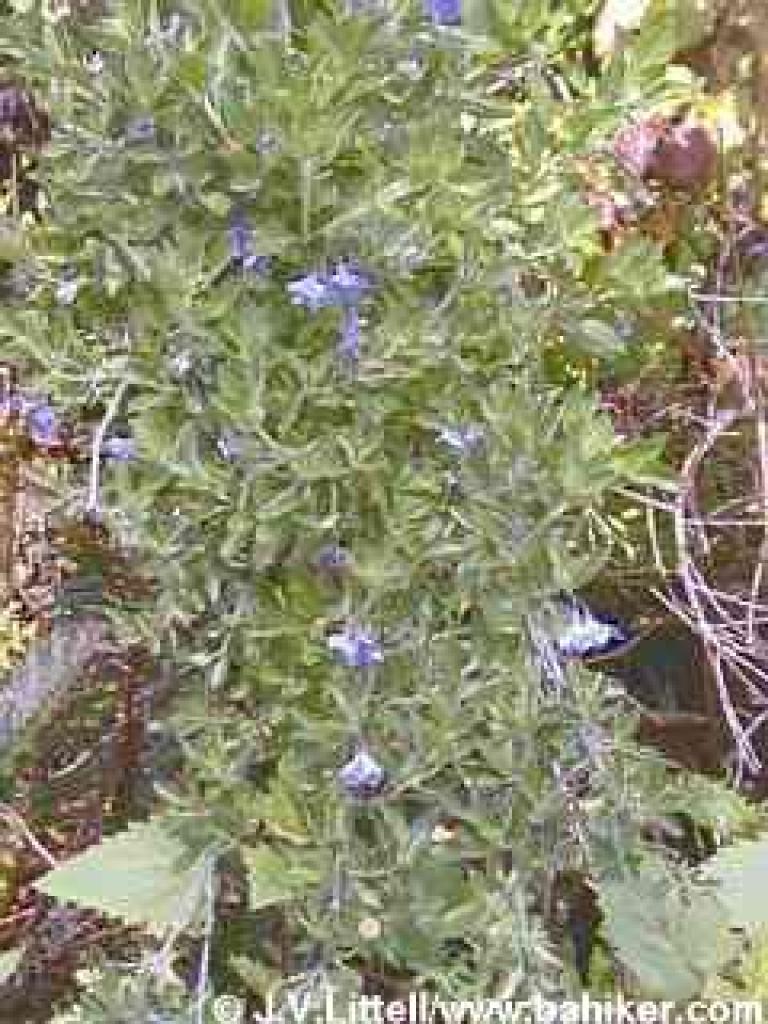
Blue witch nightshade (Solanum umbelliferum), spring, Sneath Lane Trail, Sweeney Ridge  White Nightshade (Solanum nodiflorum), Burleigh Murray Ranch State Park |
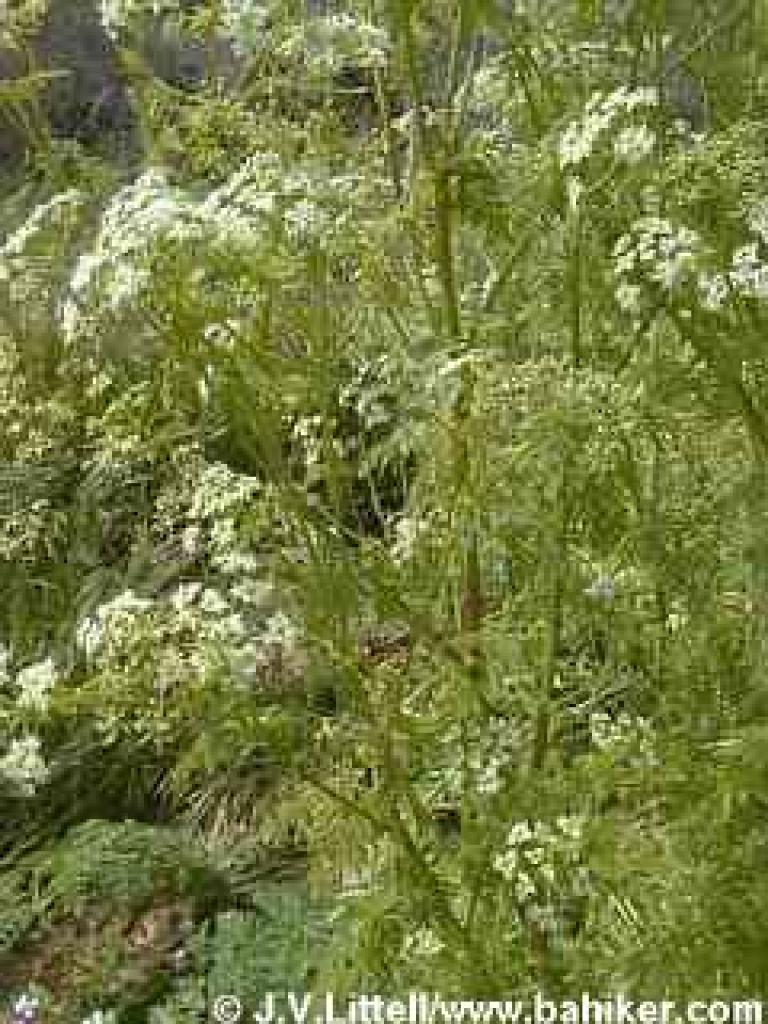
Poison hemlock (Conium maculatum), spring, Abbotts Lagoon, Point Reyes National Seashore 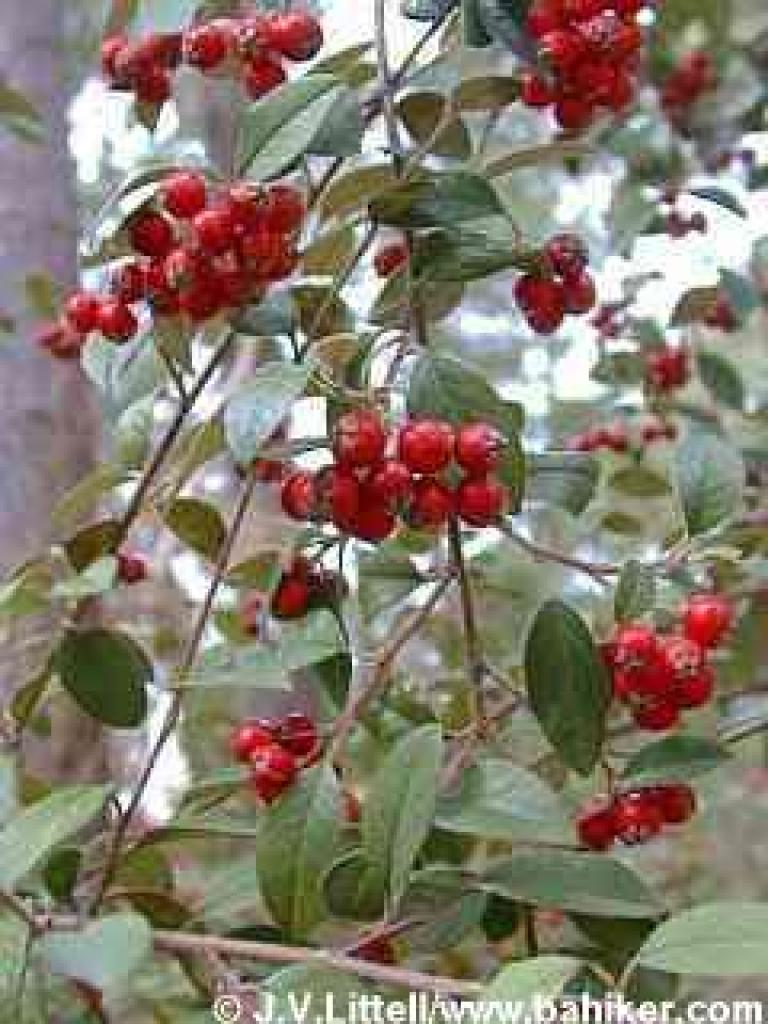 Cotoneaster (Cotoneaster franchetii), winter, Phillips Loop Trail, Redwood Regional Park |
||||
| Some
poisonous plants seem to be warning you not to eat them (see cocklebur picture),
while others present a less threatening front. It's never a good idea to
eat something unknown, but if you know a plant is poisonous, you can avoid
even handling that plant. In his excellent book Edible and Poisonous
Plants of Northern California (order
this book from Amazon.com), James Wiltens recounts the sad tale of an
army of French troops who made the mistake of using oleander branches as
skewers for cooking meat. He says 300 men were poisoned and some died. Don't
mess with mother nature; learn about poisonous plants and stay away from
them.
| ||||||